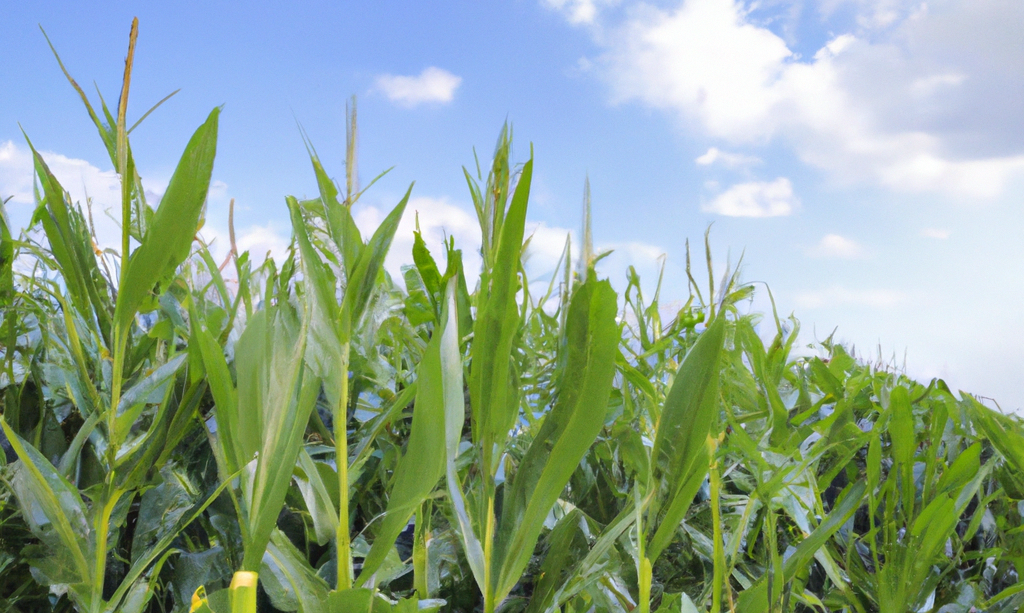What are GMOs?
The boldly printed label is clearly found on packaging in any aisle while strolling throughout the supermarket. What is less clear, is what that label means — or why that label is there in the first place. Let’s take a unboxing look at what exactly is a GMO.

Where are GMOs found?
It’s the mid 1990’s, your mood ring is on your finger, one strap is clipped on your overalls and your (insert preference here) favorite boy band is on the radio… all the while you are blissfully unaware that the very first genetically engineered crops have been approved for human consumption. GMOs, also known as Genetically Modified Organisms, refer to an animal, plant or microbe whose DNA has been altered by genetic engineering. Of all the aisles in the grocery store, the produce section is where you will most likely find these GMOs. The most common largely produced GMO products in the food industry are corn, soybeans, and sugar beets. These three crops monopolize 90% of the market.
Why do GMOs exist?
The idea sounds utopian enough: rows and rows of crops untouched by disease and pests, picture perfect quality and ready for the picking. To a farmer this sounds as delicious as cash in hand. To the consumer… you might like to remember there are two sides to every coin. A farmer must battle against not only things like weather, but also bugs and disease. With genetic engineering, it is possible to alter a plant so it produces its own insecticidal toxin. While this does reduce the need for a topical application of pesticidal spray, you might find yourself asking, “what am I eating then?”. Trust when we say, you aren’t alone in this query.
Assumption would suggest that ingesting GMO insecticidal toxins would be enough risk to take on—like an infomercial once said “…but wait there’s more.” Most GMO crops are resistant to herbicides like the controversial active ingredient glyphosate carried in the product Roundup. This only means that farmers are able to use this herbicide, that is in litigation with speculative correlation to various diseases, without fear of harming the crops themselves. To quote a famous movie, “…life finds a way”, and in this case as with most, that has proven true. The greater use of this herbicide has produce new strains of chemically resistant plants.
Genetically modified crops are cheaper to grow, but at what cost?
For farmers, GMOs are, far to often the case, considered a no-brainer choice. GMO plants are easier in care and cost much less to grow. Ultimately making a cheaper product on the consumer end. But, momma always said there is a difference between cheaper and less expensive — and at what cost?
With so much speculation and concern surrounding the use of GMOs in the farming and food industry from their possible environmental ramifications, to consumption safety along with both illnesses and food borne allergies; there is no wonder why so many are opting out.
GMOs must be labeled on food products
As of January 2022, the USDA will require food manufacturers to label foods containing GMO ingredients. An easy swap is simply selecting products listed as non-GMO or organic, as the US law prohibits the use of GMOs in organic farming.
Arrowhead Mills products are made without GMOs
Fortunately, at Arrowhead Mills we believe in sourcing ingredients in their purest form. This is why we offer high quality organic foods that do not use genetically modified ingredients. We are happy to take the guess work out of what’s good for you!
 VIEW ALL PRODUCTS
VIEW ALL PRODUCTS 
